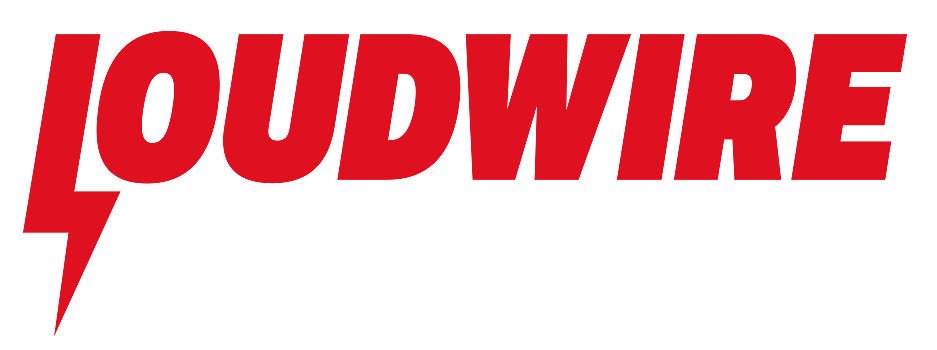
Influential Celtic Frost Debut Album ‘Morbid Tales’ Turns 30 Years Old
When Switzerland’s Celtic Frost unleashed ‘Morbid Tales’ in 1984, there was no way of anticipating the massive influence it would exert upon the evolution of European thrash, death and black metal — especially since that influence actually kept on gaining strength in the 1990s and into the new millennium.
At the time, Celtic Frost vocalist/guitarist Tom Gabriel Fischer, bassist Martin Eric Ain, and drummer Stephen Priestly had only just decided to “upgrade” their band moniker from the none-too-subtle Hellhammer, feeling it no longer fit the increasingly ambitious music they were creating for ‘Morbid Tales.’
And with good reason, since Hellhammer’s 1983 EP, ‘Apocalyptic Raids,’ though nowadays considered seminal in its own right, essentially infused the satanic proto-black metal pioneered by England’s Venom with more recent thrash ingredients, and then recorded it all with rude and crude production standards (if you can even call them “standards”).
For ‘Morbid Tales,’ which was initially issued as a six-track EP by Noise Records, the newly re-baptized Celtic Frost had slightly grander ambitions — though the original vinyl’s first side approached this with some caution, beginning with the mood-setting, hell’s throat introduction named ‘Human,’ before delving into more esoteric themes via the relentlessly paced ‘Into the Crypts of Rays’ (loosely based on suspected Middle Ages serial killer, Gilles de Rais), the gradually accelerating ‘Visions of Mortality’ (a full-on occult ritual), and the grinding doom of ‘Procreation (Of the Wicked)’ (inspired by Cain and Abel), which was later famously covered by Sepultura.
On side two, an ever-more daring Fischer began by waxing poetic over the mystical, yet familiarly metallic ‘Return to the Eve,’ before really throwing the heavy metal rule book out the window for the (possibly accidental) example of musique concrete named ‘Danse Macabre’ (a haunting collage of chiming bells, sawed-at violins, tortured moans, and other assorted sound effects), and finally resuming speed metal velocity for the closing ‘Nocturnal Fear,’ which also boasted an almost jazzy breakdown spiced with experimental vocals by guest Hertha Ohling.
Of course American metal heads who picked up the first domestic editions of ‘Morbid Tales’ released by Metal Blade in 1985 got a little more metal for their money, with the addition of ‘Dethroned Emperor’s’ simultaneously back-and-forward-looking brand of “black ’n’ roll,’ and the title track’s relatively traditional power-thrash attack — both of which had emerged in Europe as part of the ‘Emperor’s Return’ EP.
Notwithstanding these somewhat confusing alternate track listings, however, there was no diluting ‘Morbid Tales’’ significant impact upon the rise of a distinctly European extreme metal aesthetic in years to come: all the way from the particularly brutal thrash of Germany’s big three (Kreator, Sodom and Destruction), to the progressive outlook of bands like Mekong Delta and Coroner, and then the Swedish death metal and Norwegian black metal scene.
The last of these, in particular, would of course draw huge stores of inspiration from Celtic Frost’s next groundbreaking efforts, ‘To Mega Therium’ and ‘Into the Pandemonium,’ which expanded the Swiss group’s creative palette with paradigm-shifting gothic and symphonic compositional elements, among other non-metallic ingredients.
But it all begins with ‘Morbid Tales,’ which may seem comparatively straightforward and one-dimensional next to Celtic Frost’s ensuing breakthroughs, but was as revolutionary as heavy metal came in 1984.
Note: While Wikipedia and other sources had listed a June 1984 release for 'Morbid Tales,' we were contacted by Tom Gabriel Fischer himself, who told us that the album actually dropped in November 1984. We'll have to have him stop by for one of our 'Wikipedia: Fact or Fiction' segments soon!
Watch Celtic Frost Performing 'Into the Crypts of Rays'
More From Loudwire









